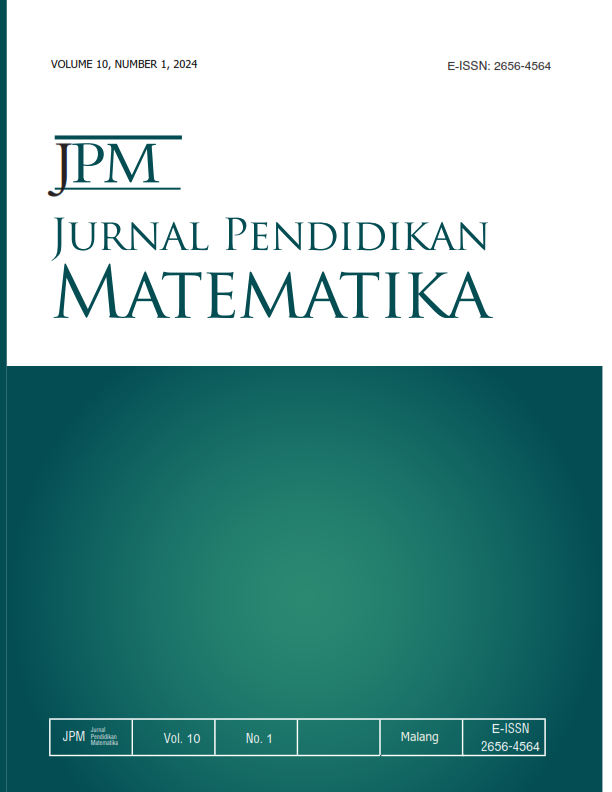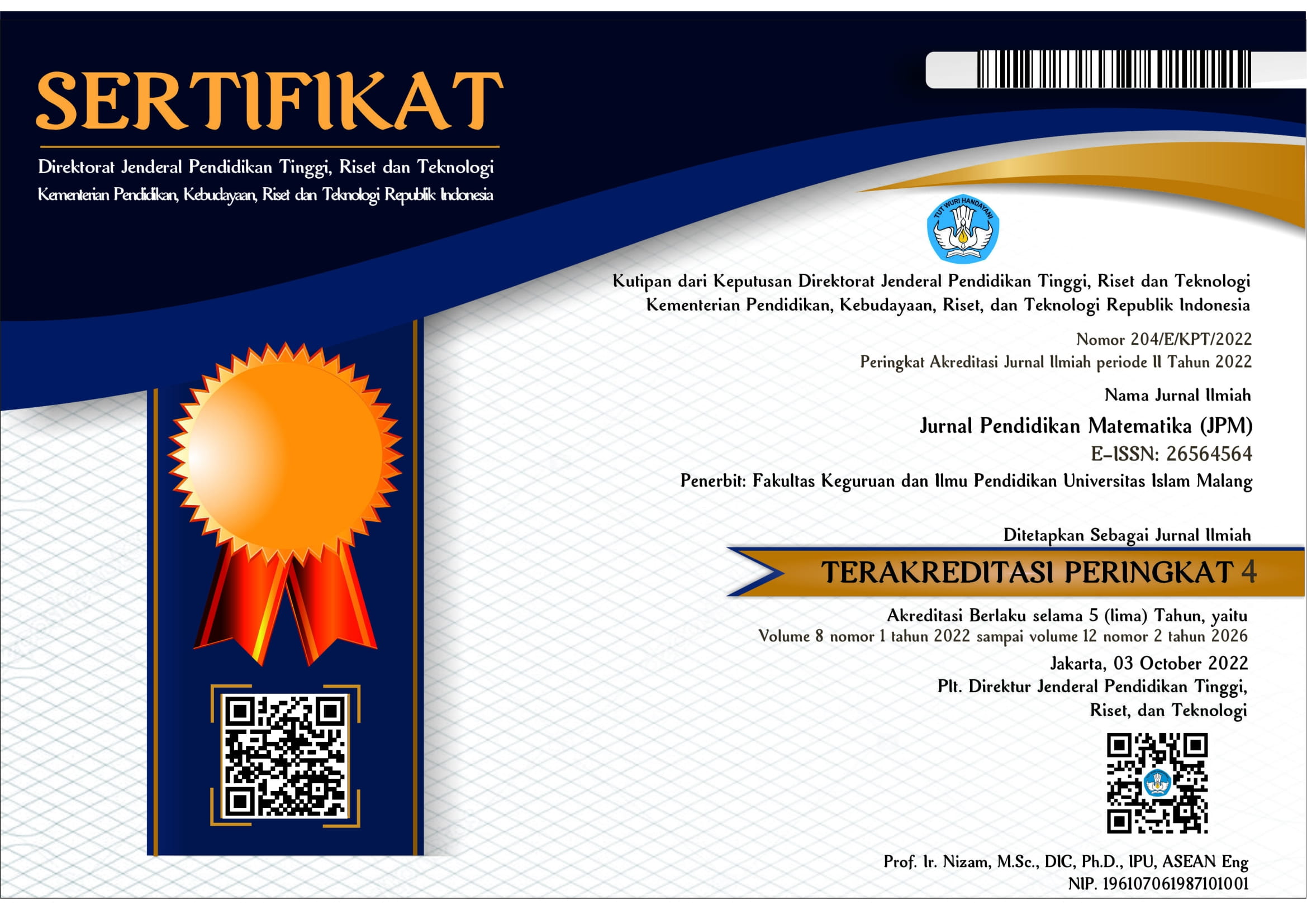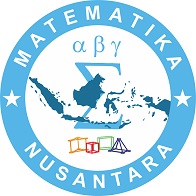Comparison of Students' Mathematical Concept Understanding Ability in Polyhedron Material Using the Discovery Learning and Core Learning Model with The Assistance of Pop-Up Book Media
DOI:
https://doi.org/10.33474/jpm.v10i1.20359Keywords:
Discovery learning, CORE, pop-up book, Mathematical Concept UnderstandingAbstract
This research was motivated by the low ability of class VIII students at MTs N 1 Purbalingga to understand mathematical concepts. This research aims to compare students' ability to understand mathematical concepts in flat-sided geometric material using two different learning models, namely discovery learning and Connecting, Organizing, Reflecting, And Extending (CORE) with the help of pop-up book media. The research method used is quantitative with a quasi-experimental type of research. The population in this study were class VIII students at MTs N 1 Purbalingga for the 2022/2023 academic year. The sampling technique used simple random sampling, and the sample in this study were students in classes VIII D and VIII E, totaling 76 students. In experimental class I, I received teaching using the discovery learning model assisted by pop-up books. For experimental class II, I received teaching using the CORE model assisted by pop-up books. The data collection method uses tests in the form of pretest and posttest. The data analysis technique uses the n-gain and two independent samples t-tests. The research results showed that the average n-gain score in experimental class I was 0.656; in experimental class II, it was 0.366, which was in the medium category. Judging from the n-gain interpretation, the average percentage value obtained by experimental class I, namely 65.5%, is interpreted as quite effective. It is interpreted as ineffective in experimental class II, namely 36.6%. Based on analysis using the t-test for two independent samples, the significance value was 0.000 < α=0.05, so it can be concluded that there is a significant difference between the ability to understand mathematical concepts of students who use the pop-up book-assisted discovery learning model and the CORE assisted learning model on flat-sided building materials.
References
Abner, D., Avianty, D., & Sefaverdiana, P. V. (2021). Pengembangan Media Pembelajaran Pop Up Book pada Materi Bangun Ruang. 38–44.
Adha, N. N. (2019). Perbandingan Model Pembelajaran Core (Connecting, Organizing, Reflecting, Extending) Dan Reciprocal Teaching Terhadap Kemampuan Penalaran Dan Koneksi Siswa Kelas Vii Smpn 1 Tanjung Morawa.
Allen Marga Retta, Nila Kesumawati, N. S. (2018). Pengantar Statistika Penelitian. Rajagrafindo Persada.
Aunurrahman. (2014). Belajar dan Pembalajaran. Alfabeta.
Cahyo, A. (2013). Panduan Aplikasi Teori Belajar. PT. Diva Press.
Karunia Eka Lestari, M. R. Y. (2015). Penelitian Pendidikan Matematika. PT Refika Aditama.
Kusrianto, S. I. (2016). Abstrak. 5(2).
Maharani, H. R., Ubaidah, N., & Aminudin, M. (2018). Efektifitas Model Concept Attainment Ber-Budaya Akademik Islami Berbantuan Pop-Up Book pada Materi Bangun Ruang Sisi Datar. 9(1), 100–106.
Majid, A. F., & Nur, F. (2020). Menggunakan Metode Silih Tanya Berbantuan Kartu Model Dan Metode Make A Match The Comparison Of The Students ’ Mathematical Communication Skill Using Card-Assisted Questions And Make A Match Method. 2(1), 32–43.
Martucilia, W. (2022). Perbandingan Model Discovery Learning Dan Ekspositori Terhadap Hasil Belajar Siswa Materi Bangun Ruang Sisi Datar. 6(2), 268–276.
Ningsih, F., Putra, A., & Ulandari, N. (2019). Penerapan Pendekatan Saintifik Berbantuan Geogebra dalam Upaya Meningkatkan Pemahaman Konsep Matematis Siswa. 10(2), 180–194.
Putri, R. M., & Eliarti, W. (2017). Perbandingan Model Pembelajaran Core Dengan Discovery Learning Dalam Pembelajaran Matematika Terhadap Kemampuan Pemecahan Masalah Matematis Dan Self-Regulated Learning Siswa. 2, 129–138.
Sari, N. E. (2019). Thematic Pop-Up Book as a Learning Media for Early Child- hood Language Development. 13.
Surur, M., Oktavia, S. T., Prodi, D., Ekonomi, P., Prodi, M., & Ekonomi, P. (2019). Pengaruh Model Pembelajaran Discovery Learning. 6(1), 11–18.
Suyatno. (2009). Menjelajah Pembelajaran Inovatif. Masmedia Buana Pustaka.
Syah, M. (2014). Psikolog Pendidikan dengan Pendekatan Baru. PT. Remaja Rosdakarya.
Wardhani, S. (2008). Analisis SI dan SKL Mata Pelajaran Matematika SMP/MTs Untuk Optimalisasi Pencapaian Tujuan.
Yuliani, E. N. (2018). Kemampuan Pemahaman Konsep Matematis Siswa Kelas VIII Smpn 1 Kuok Melalui Model Pembelajaran. 2(2), 91–100.
Downloads
Published
How to Cite
Issue
Section
License
Copyright (c) 2024 Inanda Shofa Azahroh, Fitria Zana Kumala

This work is licensed under a Creative Commons Attribution 4.0 International License.






_-_Copy.jpg)
.jpg)
.jpg)










